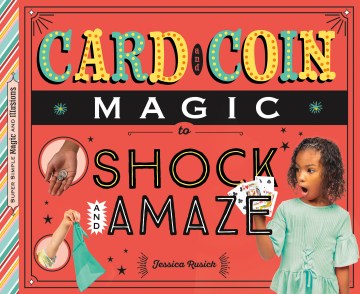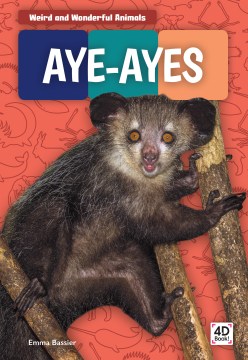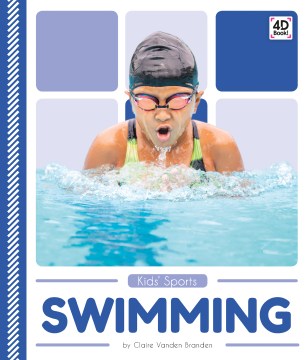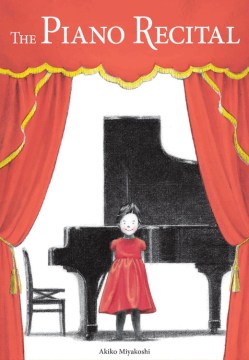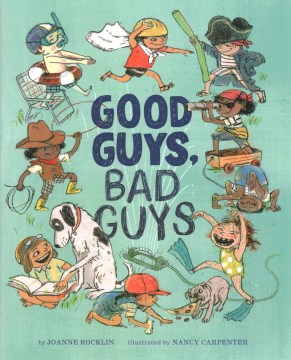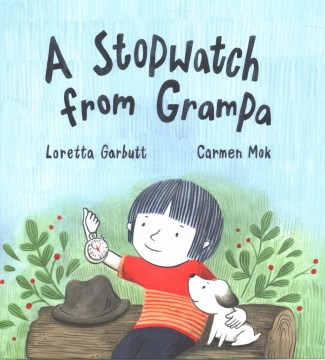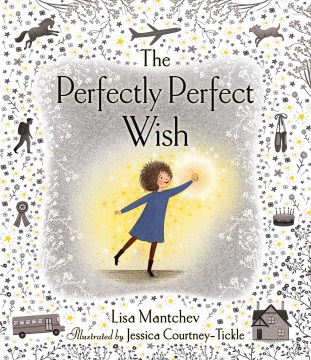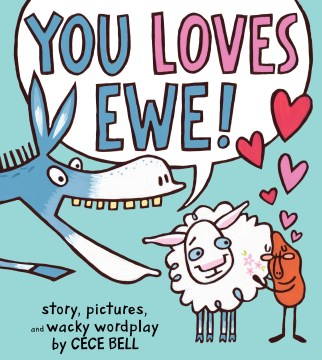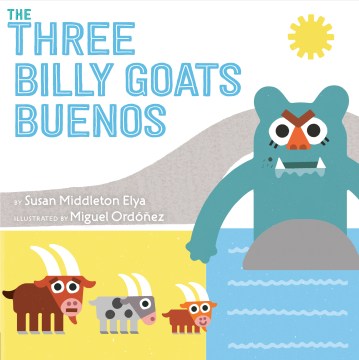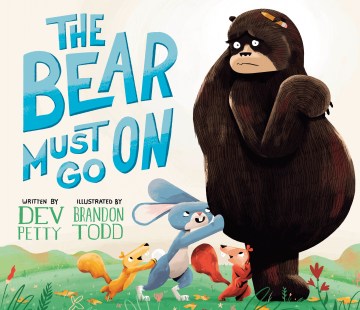
Bear and his friends (Squirrel, Other Squirrel and Rabbit) work together to prepare a really big show for their forest friends. This includes a sparkly curtain, tiny hats for birds and shiny tickets. Bear keeps meticulous notes as the self-appointed “note taker”, because he does not want to perform (he’s nervous). Frenzied preparations ensue and bear takes lots of notes. The big night arrives and all the forest creatures are waiting in the audience. There’s one problem, though. They forgot to write a show! Oh, no!!!
Luckily, Bear comes through and mentions that he has a song that he created. They beg him to perform and he finally agrees. The forest creatures love it! The show is a success! Thanks goodness for Bear.
The story moves along at a quick pace, helped along by the illustrations, some in comic panel-like sequences. Colors are bright and energetic and Bear’s notes are front and center a few times, which help with the busyness of the story. Bear’s nervousness is acknowledged and his bravery in going up to the stage to sing is noted. Maybe, this story will encourage some human friends to work together and put on a show! Recommended.

